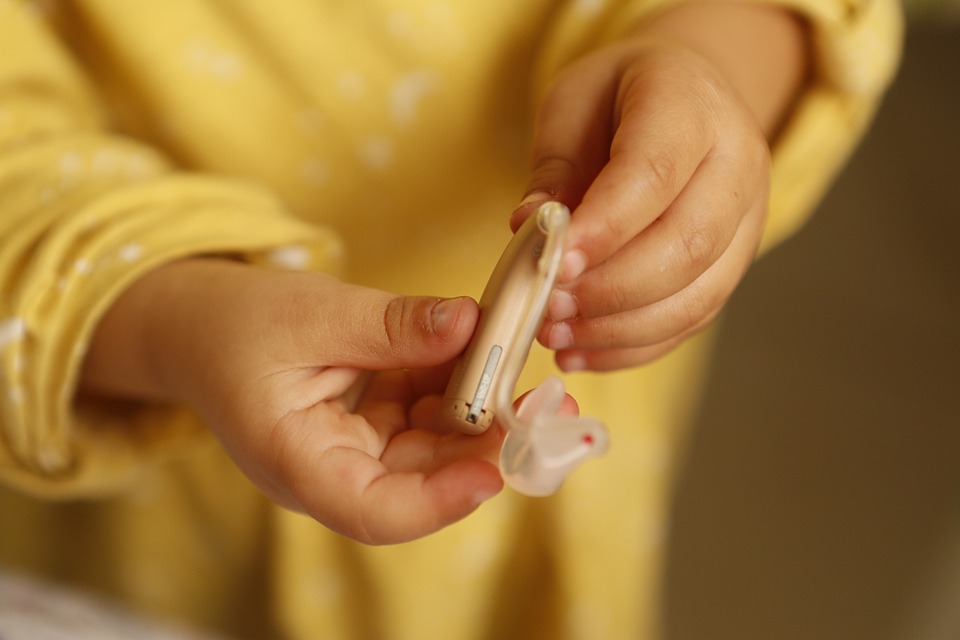Data and digitalization are becoming increasingly important in our world, and not just for computers and smartphones. Smart products provide us with data insights to help us make better decisions, act more quickly, improve performance or even avoid negative outcomes. Thanks to advances in materials and manufacturing techniques like flexible electronics, almost any product can be made “smart”.
You have a few options to choose from if you want to make your product more connected or functional. This article will cover the differences and advantages between data logging sensors and cloud-connected sensors.
Benefits Of Indicators And Sensors
Sensors and indicators can be used to monitor various environmental factors, and they add exciting features to products. Sensors can detect life-threatening abnormalities in the body, which allows medical professionals to take proactive steps to improve patient outcomes. In industrial applications, sensors and indicators improve performance, reduce risks and streamline operations.
Indicators and sensors have many advantages. The big question, however, is which sensor is best for my product. Answers depend on a variety of factors, from cost to capabilities. We consider smart products as three different product families.
Good: Printed Or Electronic Indicators
Indicators alert us to a change in the environment or something new. They are usually designed to alert you with a visual or audio notification, but can take other forms. Gas leaks can be detected by adding a chemical to the natural gas to give it an odor of rotten eggs.
Chemical or printed indicators can provide immediate visual confirmation (such as color changes) when an event or variable occurs. For example, a chemical indicator could confirm that a medical instrument has been sterilized or warn that a product attained a certain temperature while being transported. A label on your smartphone will turn red if it has been submerged in water. Electronic indicators use a similar method, but they also include audio alarms or LED flashing. Carbon monoxide detectors, for example, sound an alarm if poisonous gases are present. There are many types of indicators, with different levels of sophistication.
Indicators are easy to manufacture and are cost-effective. They are limited by the amount of information they can provide.
Better Data Loggers
By moving from indicators to dataloggers, you can get more information about what’s happening. Data loggers can log data, as their name implies. This provides valuable information about the changes in a product or the events that have occurred. These devices do not only alert you to one-off events, but they also continuously record and capture data over time. This allows them to give a more comprehensive understanding of the past.
Data loggers can be extremely useful in the medical field to track the storage conditions for sensitive equipment and medications. In industrial environments, data loggers track temperature, humidity and pressure over time. The data collected in this way is very valuable and allows for better process adjustments.
Data loggers can also be useful in remote areas where internet connectivity is inconsistent or non-existent. Data can be recorded and stored on a memory card.
Best Cloud Connected IOT Devices
Cloud-connected IOT devices (aka real-time sensors) are the ultimate in data collection and decision making. These tools can be set up to transmit information instantly and continuously. These sensors can transmit information in a number of different ways, including WiFi, NFC BLE LoRa RFID and other digital technologies. Information can also be imported to cloud-based technologies where advanced algorithms, machine learning, and artificial intelligence can be used to create better data-driven insights.
IOT sensors allow users to respond quickly to changing conditions and make quick decisions. This technology is ideal for medical applications that require remote monitoring of patients and continuous analysis. Sensors in industrial products can be used to enhance safety, make predictive analyses, improve productivity and efficiency, and reduce wastage.
The Good, Better, and Best tiers are based on the level of sophistication of the sensing system, the amount of data collected, and how quickly we can get it. They do not mean that one tier is better than another. The data insights needed, the time and value sensitivity, and cost of a negative outcome are all factors.
Manufacturing Sensors And Indicators
Talk to our experts, if you want to know how indicators and sensors can improve the value of your products or how to get closer to your customers. Our reputation as an advanced manufacturing partner is built on precision and expertise. We are experienced in producing printed indicator as well as flexible electronic solutions.
We’re more than just a manufacturer. Our goal is to contribute and collaborate early in the process of design to ensure your product’s success. Our ISO-13485 certified US facility offers a range of support for new product introduction services. This includes materials consulting, testing and feasibility, prototyping and more.




